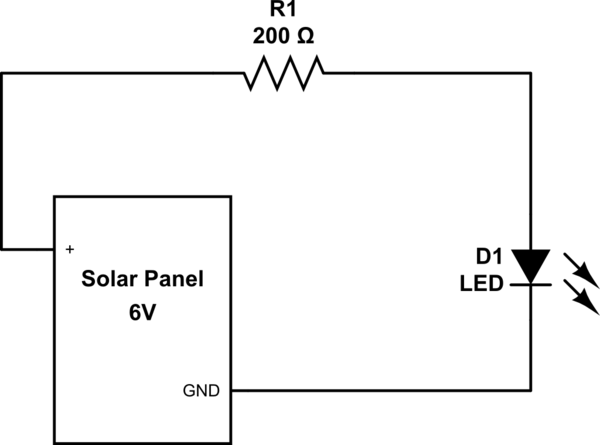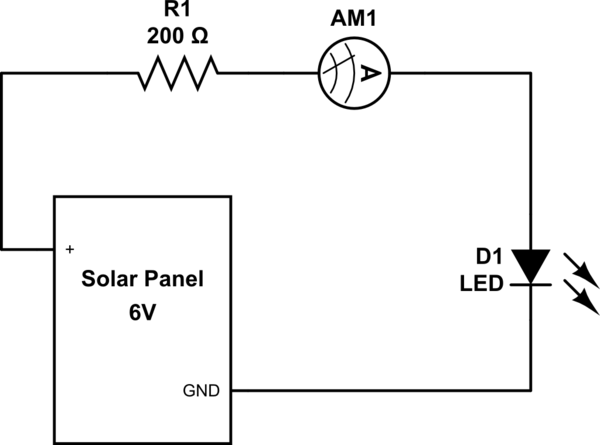I have a very basic though unsolvable issue so far, I bought a (shitty) mini solar panel, outputting up to 6V and 1W (166mA), and I cant get it to work with the equipment I have or even measure any current.
I do have up to 6V on my multimeter, but I don't see any current output (I plugged the multimeter correctly), is that normal ? Should I use a resistor ? If yes, which resistance would be appropriate ? Could my panel be broken even though it has a potential ?
That is the first part of my issue, which may be silly and due to a ridiculous mistake that I don't see yet, but I have more concerning issue. I bought a (shitty) 3-6V DC motor, that I tested and that draws up to 110mA at 6V at max speed, and starts around 3V drawing 50mA. The motor should run at least slowly with a decent insolation of the panel, but there again, nothing.
Be kind to a person whose strong point is clearly not electrical engineering !
Thanks for you answers.


